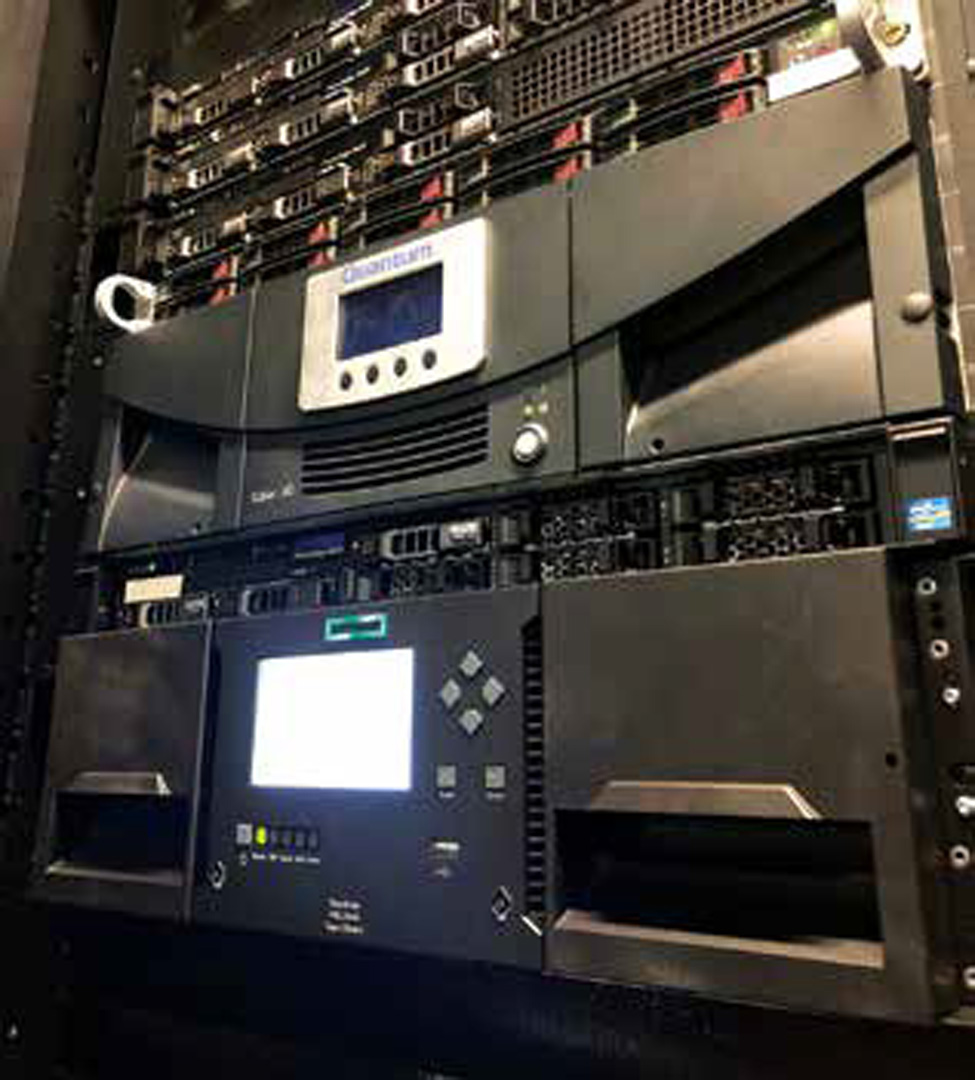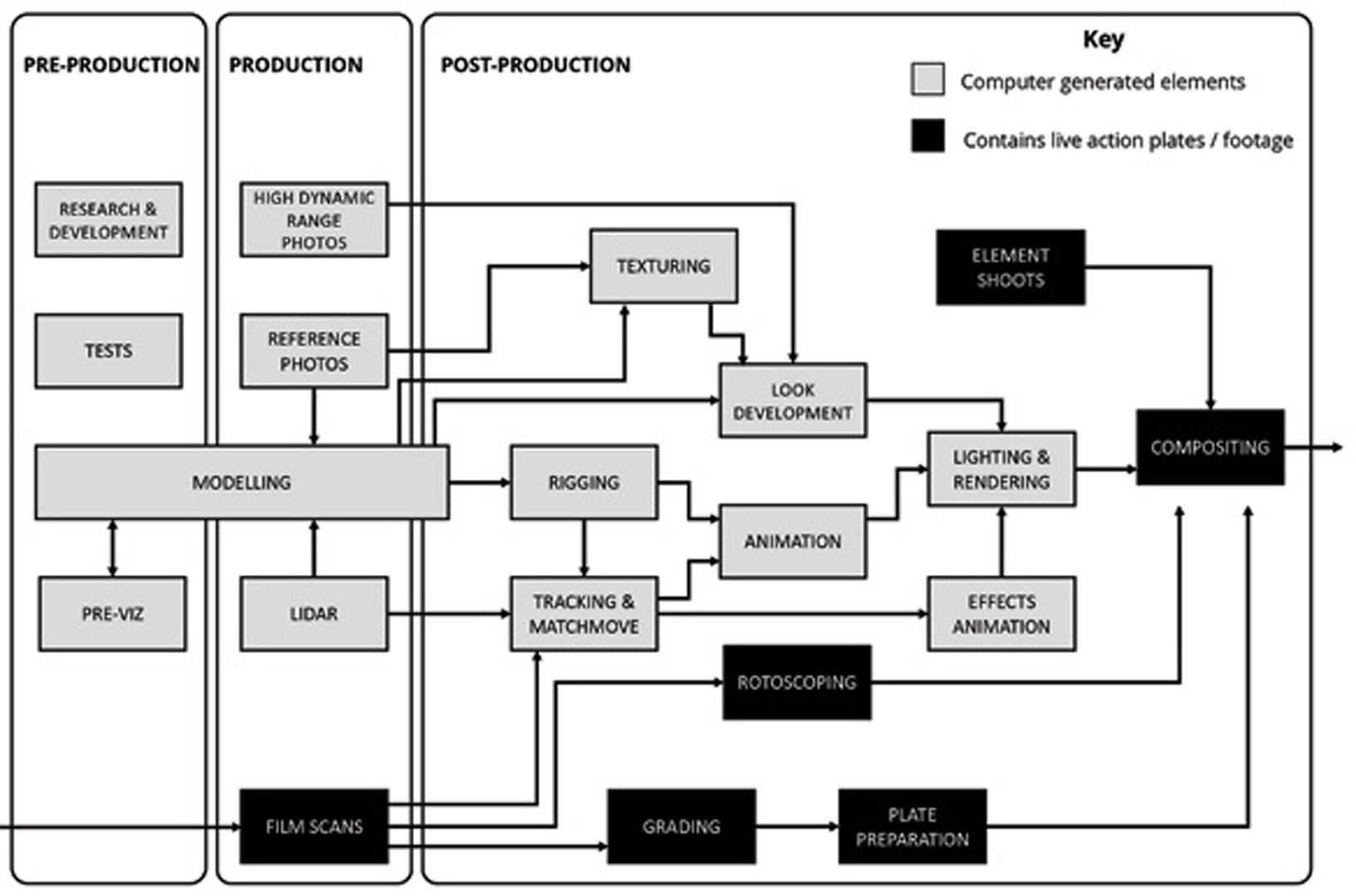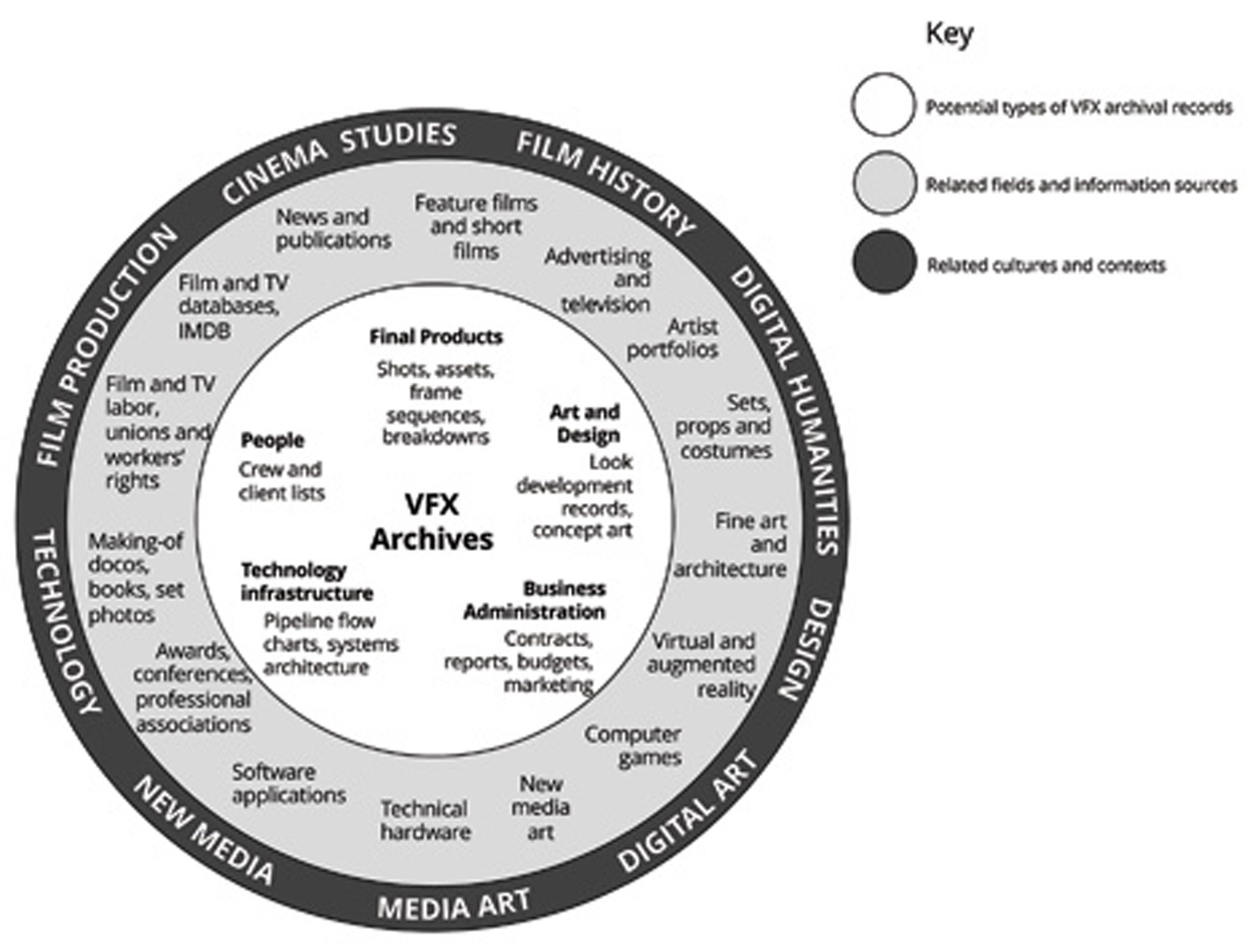“Off-Lining to Tape Is Not Archiving: Why We Need Real Archiving to Support Media Archaeology and Ensure Our Visual Effects Legacy Thrives” by Samaras and Johnson
Conference:
Type(s):
Title:
- Off-Lining to Tape Is Not Archiving: Why We Need Real Archiving to Support Media Archaeology and Ensure Our Visual Effects Legacy Thrives
Presenter(s)/Author(s):
Abstract:
This paper examines digital asset archiving and preservation practice in the visual effects (VFX) industry. The authors briefly summarize media archaeology theory and provide an overview of how VFX studios presently archive project assets and records, based on case study and interview research conducted with expert VFX practitioners from leading international studios. In addition, the authors propose that current practice could be improved by adopting archival science methods, including digital preservation practices. Doing so will support media archaeology studies of digital cultures over time and ensure that the legacy of VFX creative and technical production thrives for future generations.
References:
1. M. Curtin and K. Sanson, eds., “Fringe City: Editors’ Introduction” in Voices of Labor: Creativity, Craft, and Conflict in Global Hollywood (Oakland: Univ. of California Press, 2017) p. 201.
2. A. Whitehurst, The Visual Effects Pipeline, www.andrew-whitehurst.net/pipeline.html, accessed 15 March 2019.
3. P. Conway, “Archival Preservation Practice in a Nationwide Context,” The American Archivist 53, No. 2, 204–222 (1990).
4. Provenance relates to the context of creation—the origin and creating agents of records. See T. Cook, “Electronic Records, Paper Minds: The Revolution in Information Management and Archives in the Post-Custodial and Post-Modernist Era,” Archives and Manuscripts22, No. 2, 300–328 (1994).
5. J. Van Gorp et al., “Digital Media Archaeology: Digging into the Digital Tool AVResearcherXL,” VIEW Journal of European Television History and Culture 4, No. 7, 38–53 (2015) p. 40.
6. W. Strauven, “Media Archaeology: Where Film History, Media Art, and New Media (Can) Meet” in Preserving and Exhibiting Media Art: Challenges and Perspectives, J. Noordegraaf et al., eds. (Amsterdam: Amsterdam Univ. Press, 2013) p. 64.
7. G.E. Bravo et al., “The Interactive Image: A Media Archaeology Approach,” Leonardo50, No. 4, 368–375 (2017).
8. Strauven {6} p. 64.
9. J. Parikka, What is Media Archaeology? (Cambridge, U.K.: Polity Press, 2012) p. 15.
10. P. Darke, G. Shanks and M. Broadbent, “Successfully Completing Case Study Research: Combining Rigour, Relevance and Pragmatism,” Information Systems Journal 8, No. 4, 273–289 (1998).
11. This form of grounded theory was selected as it recognizes that theory is not derived objectively from the data but can be shaped by shared experiences and relationships with participants and other data sources (such as literature). See K. Charmaz, “Grounded Theory: Objectivist and Constructivist Methods” in The SAGE Handbook of Qualitative Research, N.K. Denzin and Y.S. Lincoln, eds., 2nd Ed. (Thousand Oaks, CA: SAGE, 2000) pp. 509–536 and B.G. Glaser and A.L. Strauss, The Discovery of Grounded Theory: Strategies for Qualitative Research (New Brunswick, NJ: AldineTransaction, 1967) for general information about grounded theory.
12. T. Green et al., “Systems Infrastructure,” Production Pipeline Fundamentals for Film and Games (Burlington, MA: Focal Press, 2014).
13. See www.shotgunsoftware.com, accessed 7 January 2019.
14. Copyright Act of 1976, U.S.A.
15. VFX supervisor, 30 October 2018.
16. S. McKemmish et al., “The Archives” in Archives: Recordkeeping in Society (Wagga Wagga, Australia: Centre for Information Studies, Charles Sturt University, 2005).
17. Australian archivist Frank Upward established the Records Continuum theory in the 1990s at Monash University. It is a postmodern model that supports digital archiving and recordkeeping. See F. Upward, “Modelling the Continuum as Paradigm Shift in Recordkeeping and Archiving Processes, and Beyond—a Personal Reflection,” Records Management Journal10, No. 3, 115–139 (2005).
18. N. Dodgson, J. Patterson and P. Willis, “What’s up Prof? Current Issues in the Visual Effects and Post-Production Industry,” Leonardo 43, No. 1, 92–93 (2010).
19. M. Perlmutter, “The Lost Picture Show,” IEEE Spectrum 54, No. 5, 26–31 (2017).
20. VFX data wrangler, 30 October 2018.
21. See R. Bettivia, “Where Does Significance Lie: Locating the Significant Properties of Video Games in Preserving Virtual Worlds II Data,” International Journal of Digital Curation11, No. 1, 17–32 (2016) and J. McDonough and R. Olendorf, “Saving Second Life: Issues in Archiving a Complex, Multi-User Virtual World,” International Journal of Digital Curation 6, No. 2, 89–108 (2011).
22. See P. Innocenti, “The Pursuit of Authenticity in Preserving Digital Art,” 2015 Digital Hertiage International Congress (Granada: IEEE, 2015) pp. 425–430.
23. Society of American Archivists, Access, www2.archivists.org/glossary/terms/a/access, accessed 7 January 2019.
24. P. Charisse, “Archiving Software and Content in Visual Film Effects: An Insider’s Perspective,” in Preserving Complex Digital Objects, J. Delve and D. Anderson, eds. (London: Facet Publishing, 2014) p. 293.
25. B. Anderson, F. Eaton and S.W. Schwartz, “Archival Appraisal and the Digital Record: Applying Past Tradition for Future Practice,” New Review of Information Networking20, No. 1–2, 3–15 (2015).
26. R. Pearce-Moses, A Glossary of Archival and Records Terminology (Chicago: Society of American Archivists, 2005) pp. 34–35.
27. International Council on Archives (ICA), ISAD(G): General International Standard Archival Description (Ottawa: ICA, 2000).
28. R. Harvey, “Appraisal and Selection,” DCC Digital Curation Manual, June 2006, www.dcc.ac.uk/resources/curation-reference-manual/completed-chapters/appraisal-and-selection, accessed 7 January 2019.
29. VFX data operations specialist, 6 April 2018.
30. VFX head of R&D, 12 March 2018.
31. E. Samaras and A. Johnston, “Fleeting Film: Using Story to Seek Archival Permanence in the Transitory and Globalized Digital Visual Effects Industry,” Preservation, Digital Technology and Culture 47, No. 1, 12–22 (2018) p. 18.
32. ICA, Universal Declaration on Archives (Paris: UNESCO, 2011) p. 1.
Additional Images:







